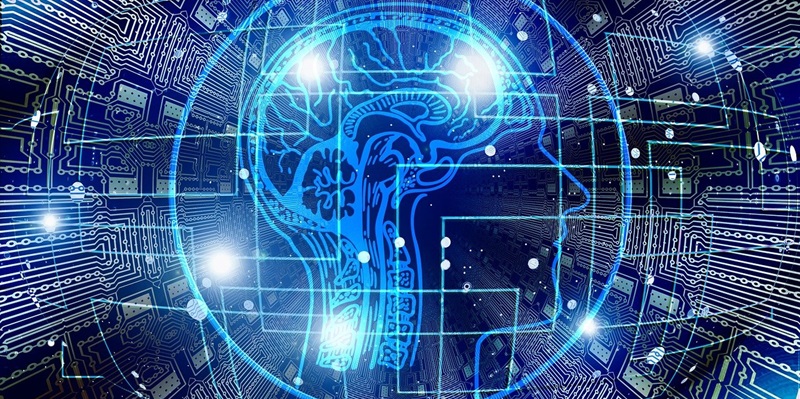The realm of artificial intelligence has taken a substantial leap with the unveiling of RAG 2.0, the latest advancement in Contextual AI. This innovative system sets new benchmarks in the domain of language comprehension within AI, surpassing the capabilities of preceding models such as GPT-4. RAG 2.0 is engineered to interact and understand human language with unprecedented precision. Its introduction signals a new era in AI applications for businesses, offering transformative potential in intelligent automation and decision support systems. The advent of RAG 2.0 represents a cornerstone event in the evolution of machine learning, with implications for the future trajectory of AI technology. This cutting-edge development will serve as a cornerstone for next-generation AI solutions, setting a new paradigm in how machines process and engage with human linguistic constructs.
Unveiling Advanced Contextual Understanding
The most prominent feature of RAG 2.0 is its enhanced Contextual Language Model (CLM), designed to decipher the subtleties and complexities of natural language with unprecedented accuracy. This leap in technology is not just about understanding words in sequence but grasping their meaning in diverse contexts. The result is an AI that can conduct conversations, generate content, and provide solutions in a manner that feels intuitively human. This capability will prove instrumental in fields where nuanced communication is key, paving the way for AI to seamlessly integrate into roles that have traditionally been exclusive to humans.
Moreover, RAG 2.0’s ability to handle complex decision-making scenarios presents numerous commercial applications. From supporting customers with issues that require a deep understanding of their history with a company to aiding in the management of financial portfolios by interpreting market sentiments, the system’s advanced algorithms promise to augment human expertise with speed and precision, bolstering productivity across an array of industries.
Challenges and Ethical Considerations
Advancements like RAG 2.0 highlight the impressive strides in AI, yet they bring considerable environmental impacts due to the energy-intensive training of such models. The AI sector must balance this with sustainable practices. Furthermore, as these systems become more prevalent, addressing ethical concerns becomes imperative. AI must be developed to avoid biases and uphold data privacy and security to ensure fairness and user trust.
The synthesis abilities of AI like RAG 2.0 pose potential ethical challenges, emphasizing the need for vigilant oversight. It’s essential that as AI capabilities grow, so too do the governance frameworks that ensure their responsible use. This will allow society to harness the complete benefits of AI, reinforcing the idea that the creation of smarter systems must be accompanied by equally smart regulations to engender a balance of trust and practicality. This approach will guide AI development towards a beneficial trajectory for society.
A New Dawn for AI Applications
The advent of RAG 2.0 marks a transformative leap in AI capabilities, with its elevated language understanding skills set to revolutionize multiple industries. In finance, it could provide nuanced risk evaluations and customized investment strategies. Healthcare may see enhanced diagnostics and bespoke patient care. It even has the potential to reinterpret creativity in arts and entertainment.
RAG 2.0’s impact signals a broader expectation of AI’s trajectory; with ongoing enhancements, it’s paving the way for a future where artificial and human intelligence synergize to drive forward innovation. Stakeholders in the AI realm are bracing for a paradigm shift powered by RAG 2.0’s advanced functionalities, foreshadowing a new horizon where collaborative efforts between AI systems and humans underpin groundbreaking developments. As RAG 2.0 takes center stage, it invites a watchful eye and active engagement across the AI community, ensuring that its potential is maximized in reshaping the technological landscape.

